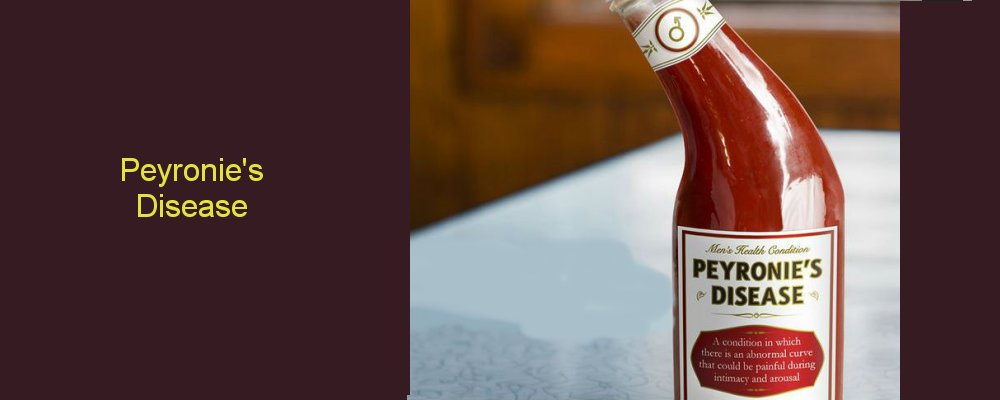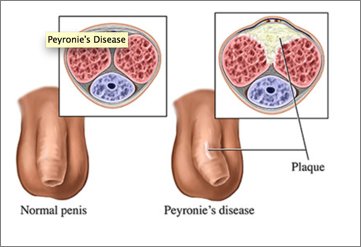
Peyronie's Disease |
||

Mr Minhas has published extensively on the area of Peyronie’s disease. He performs a large number of reconstructive procedures for Peyronie’s disease each year and is a recognised expert and specialist in this area.
He is also able to offer collagenase treatment – a new injection for the treatment of Peyronie’s disease.Peyronie’s disease is caused by scarring of the tunica albuginea or thrmembrane that surrounds the muscle of the penis. It is characterised by a penile bend, lump and pain on erection. There are two phases of the disease; an acute phase lasting about 3-6 months followed by a chronic phase lasting up to about a year during which the disease usually stabilises.It is believed that most cases of Peyronie’s disease result from either sexual and / or repetitive trauma to the penis but may equally may be linked to vascular disease. However, the exact cause of the disease remains unknown.
Treatment for Peyonie's Disease
There are a number of medical therapies that have been advocated for the treatment of Peyronie’s disease. These include Vitamin E, Potaba, colchicine or Verapamil. These treatments have been used with variable success.
Does Peyronie's Disease Require Surgery?
In most cases Peyronie’s disease does not require any surgery. The only indication for surgical treatment is the inability to penetrate and have intercourse, or difficulty with intercourse. Usually this occurs if a bend is 30-45 degrees or greater, although it can occur with lesser bends such as those where it bends to the side. More recently, a novel drug called Xiaflex, which is a collagenase has undergone trials and appears to be promising for the treatment of Peyronie’s disease, although is currently available in the UK. Mr Minhas is able to offer this treatment.
In those men who do not respond to medical treatment , surgery can be offered if the bend prevents sex.
Surgical Techniques for Peyronie's Disease
Many surgical techniques have been advocated for the treatment of Peyronie’s Disease. Some of these involve shortening the penis on the opposite side to the bend, the so called Nesbit’s procedure, or plication procedures. Grafting of the scarred area is also possible but it is important to note that the plaque is usually incised and a graft placed over the area. All of these types of surgery can result in complications.
What happens during Surgery?
When patients have surgery for Peyronie’s Disease the penis is degloved through a circumferential incision around the head of the penis. An artificial erection is induced with saline. At the time of surgery, a catheter is inserted into the urethra to ensure that patients are able to void after surgery and furthermore there is no damage to the urethra (‘water-pipe’) during such surgery. The catheter is usually removed the following day unless the urethra is mobilised to correct the bend.
Patients are then asked to abstain from sexual intercourse for approximately six weeks after surgery so that the reconstruction has time to heal. After surgery it is Mr Minhas’ policy to commence drugs such as Cialis or Viagra to try and stimulate and stretch the penis post operatively. In some cases a vacuum erection device may be used to stretch the penis to try and reduce the risk of penile shortening.
Complications of Surgery
The most common complications following surgery are shortening to the penis, erectile dysfunction and changes in sensitivity to the penis. In some cases patients may require a circumcision particularly if their foreskin is very tight. Mr Minhas specialises in these surgical treatments and has performed a large number of both grafting and plication (including Nesbit’s procedure) operations for Peyronie’s Disease (link to published outcome data). In some cases, patients who have pre-existing erectile dysfunction and have had medical treatments to correct this may require a penile implant to treat Peyronie’s disease. Penile implants or prosthesis are the treatment of choice because they straighten the penis and correct erectile dysfunction. Patients require extensive counselling before such surgery.
|
||
|
|
Summary | |
. |
||
